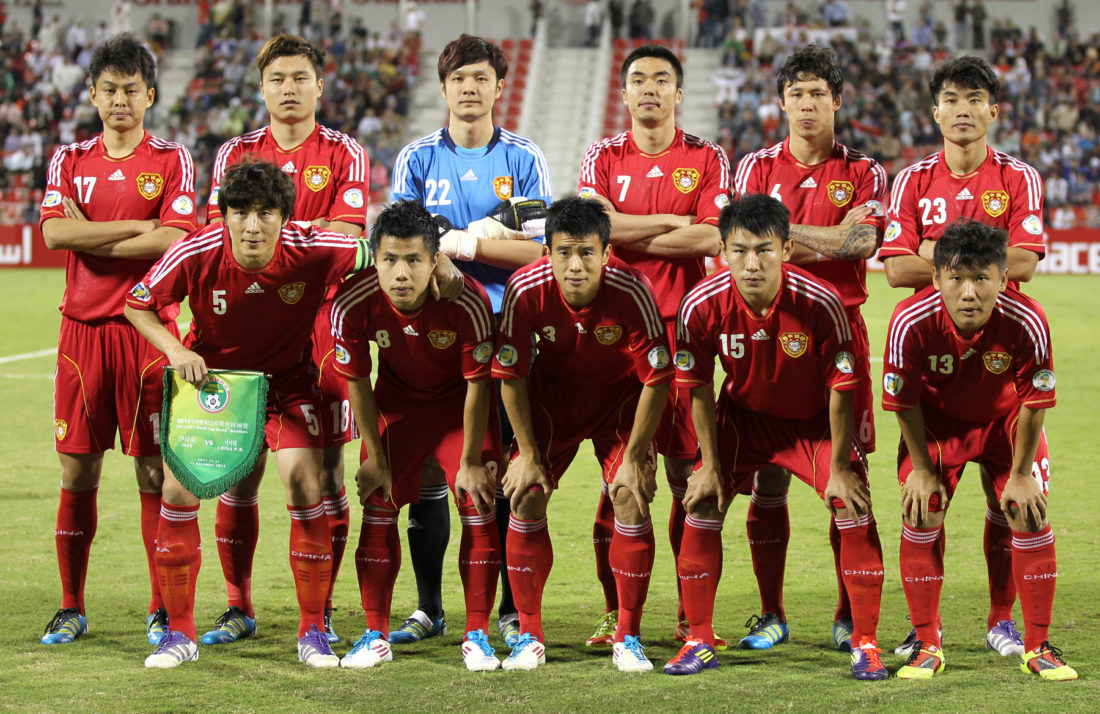
Association football (better known as soccer) is, in case you didn’t already know, the world’s most loved sport. In fact, it’s played by 250 million players in over 200 countries around the globe. For centuries, the game has been especially popular across Europe and the Southern Continents of America; more recently, its popularity has been growing exponentially in the United States and China.
In fact, the latter countries sudden interest in the sport is partly thanks to a government initiative (the Chinese government—more specifically, president Xi Jinping’s government—wants China to become a soccer superpower by 2050). Now, many of the most recognizable names in the world are heading there to begin the next stage of their careers; but what is it that attracts names like Carlos Tevez and Alexandre Pato to a country whose level of playing is arguably still in its infancy?
Money
Well, you guessed it. The first big reason is money. Despite the English Premier League offering some pretty substantial monetary compensation (the EPL has an average salary of somewhere around two and a half million pounds, which converts to well over three million dollars), they can’t offer anywhere near the kind of payment that Chinese clubs are dishing out.
In fact, some of the biggest deals being made between the country’s clubs and foreign players are enough to make grown men weep. Carlos Tevez, who famously had a fantastic run at Manchester United, announced back in December 2016 that he would be making the move to Shaingai Shensua this year. He won’t be short of cash in Shanghai, though, because he’ll be earning around £615,000 each week (that’s $779,000, by the way). It’s thought that his time at Shensua will be the last before he retires, and so it makes sense that he does what makes financial sense for himself.
On the other hand, Brazilian football player Oscar also made the switch to China back at the beginning of the year. Being the once much-hyped wonderkid of Chelsea FC, fans felt somewhat underwhelmed by his performance. He managed to score 38 goals in 203 appearances, but parted with the club mutually and in December last year after they received an offer from Shanghai SIPG.
Oscar is quite a unique case in that – unlike most other big names making the switch to China – he is still only 25 and, relatively speaking, in his prime. However, the club paid £60 million for him, and he is expected to take home somewhere around £350,000 per week.
Little Troubles in Big China
It’s not all honey and milk in the Far East, though. One of the big name transfers was Didier Drogba, the Chelsea star who had a fantastic run at the club before signing to Shenhua (Tevez’s new club) for £200,000 per week. It wouldn’t last long, though, as he would make the move to the Turkish Side, Galatasaray, six months later. It’s easy to think that money like that would keep anyone loyal, but Drogba experienced several challenges while playing for Shenua.
The most notable among them, of course, is trying to drag a mediocre team in a mediocre league up the table. Despite his obvious professionalism and enthusiasm, internal conflict between Zhu Jun (the Chinese multimillionaire who owned 28.5% of the club) and the team’s other owners – partly caused by the size of Drogba’s wages – meant that the Ivorian legend had no other choice but to make the switch to somewhere closer to home.
Magic Money Trees
Because Chinese is a booming economy, there’s a lot of money changing hands among the business elites . However, you may (quite rightly) be wondering how that money ends up being funneled into the Chinese Super League. Corporations around the country are bankrolling the teams with almost unimaginable sums of cash, but why?
While investing in soccer might be a sound investment, there is another somewhat more nefarious reason for businessmen to put their dollars into the sport: government kickbacks. In fact, each of the sixteen Super League teams are owned by separate businesses. It’s thought that—because the government has already been explicitly clear about their initiatives and desire for the sport to grow in the country—businessmen are parting with their cash because it’s a way to appease those in power.
As the value of the league continues to grow, so do rumors of corruption. Players, team officials, and even referees have been caught up in scandals over the years. Many were banned for life, and others were sentenced to jail. In fact, several betting companies refuse to take bets on the league, owing to the ostensible endemic running throughout the sport right now.
Chinese Soccer presents a huge prospect, especially given their obvious dedication to improving as a collective whole for the betterment of their home country. However, it’s still a long way off from matching the level of the sport seen elsewhere in the world. In any case, you can be sure that these big-name signings will continue to happen, so long as the money keeps flowing in like it already has done.

